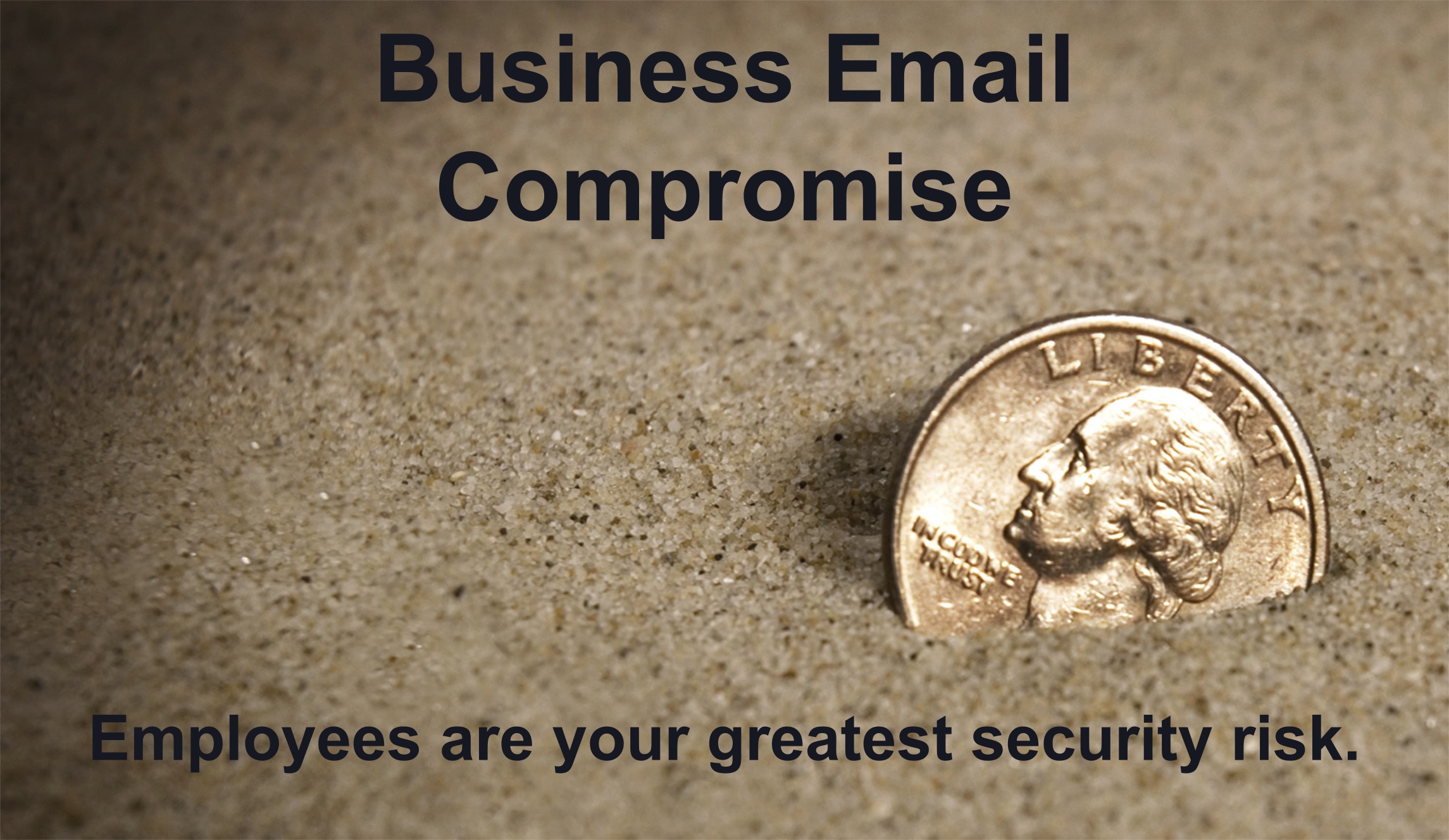According to industry estimates, a majority of BEC emails
come from strangers who register accounts or
domains that look very similar to entities trusted by the
victims. Traditional filters do not block these attacks.
And most recipients do not notice the subtle differences.
ZapFraud's Structural Deception Analysis™ does.
What does your company do when a trusted service
provider sends an invoice? And what do you do when
the trusted service provider was compromised, and the
invoice contains the scammer's payment instructions?
ZapFraud automatically verifies high-risk
emails with senders, using second factor technologies.
How do you know that your incoming email was not
spoofed when not all your contacts support DMARC?
ZapFraud's Structural Deception Analysis™
identifies likely spoof, automatically verifying
high-risk emails with senders using a variety
of second factor authentication options.






